- No products in the cart.
Popis
Washerwomen
Around 1919, coloured linocut on paper, 57×56 cm including frame, signed right bottom
Provenance: Auction house Prague
Study graphic to the painting Washerwomen, 1919, oil on canvas, 75,7×88,5 cm, Czech Museum of Fine-Art in Prague, the first sketch to this painting is from Špála´s sketchbook from the year 1912
Published
In monograph Václav Špála, Between Avant-Garde and the Living, National Gallery in Prague, 2005, numbers 28, 27, page 35
The all-time high price in Czech auction sale for painting by Špála– 8,76 million CZK, Galerie Kodl, 2016
The all-time high price in Czech auction sale for aquarelle by Špála – 732 thousand CZK, Galerie Art, 2009
The all-time high price in the world auction sale for Špála´s painting – 155 thousand £ Sotheby´s London, 2011
Václav Špála belonged to the most distinctive Avant-garde painters of the first half of 20th century. Just like his generation contemporaries he reacted to the Prague exhibition of Edvard Munch in the year 1905, he also stayed in Paris where he got acquainted with the work of Paul Gauguin, Vincent van Gogh, Henri Matiss and Picasso. Nevertheless, he was no epigone of cube-expressionistic or fauvist trends, but similarly to Josef Čapek he decided for his own style and created positively distinctive painting style build on the contrast of blue, red and white colours. However, the most important is: Špála´s work had not stayed a fine-art construction directed at the knowledgeable people, but it literally became folk art while he still was alive and his popularity was continuously developing even after his death in the year 1946.
The washerwomen motif appeared in the Author´s sketchbook already in the year 1912, when he – because of opinion differences – left the Group of Fine-Artists and returned to SVU Mánes. Just like Josef Čapek, Špála searched for his own journey inspired by cubism, however not based on it dogmatically. After the World War I, Špála returns to his sketchbook and develops some motifs that he already drafted. The oil painting of the washerwomen stayed almost precisely true to the sketch, nevertheless, the linocut is much more dynamic and relaxed than the drawing. The spots on the painting, which have a thicker tone of red or blue colours, are on the linocut engraved and thus they are black. Špála coloured the figures by red and the background by blue for a change. This proves his creative attitude to different variants of the Washerwomen according both to the technique and to the author´s mood – while the washerwomen on the canvas have a serious expression, on the graphic they shine by playful smiles.
Špála´s paintings and drawings are valued highly on the Czech auctions. Even though Špála was very hardworking person (some years he created as much as one hundred pictures), most of his artwork is the part of permanent collections of the state and city galleries. On the market, there are pieces of artwork from private collections, which grow in price continuously and they stay in the so-called TOP 10 sales.
Další informace
| Autor | |
|---|---|
| Období | |
| Místo vzniku | |
| Rok vzniku | |
| Kategorie | |
| Technika | |
| Téma | |
| Signováno | |
| Rozměr díla | |
| Rozměr kresby díla |
Pro přidávání recenzí se musíte nejdříve přihlásit.

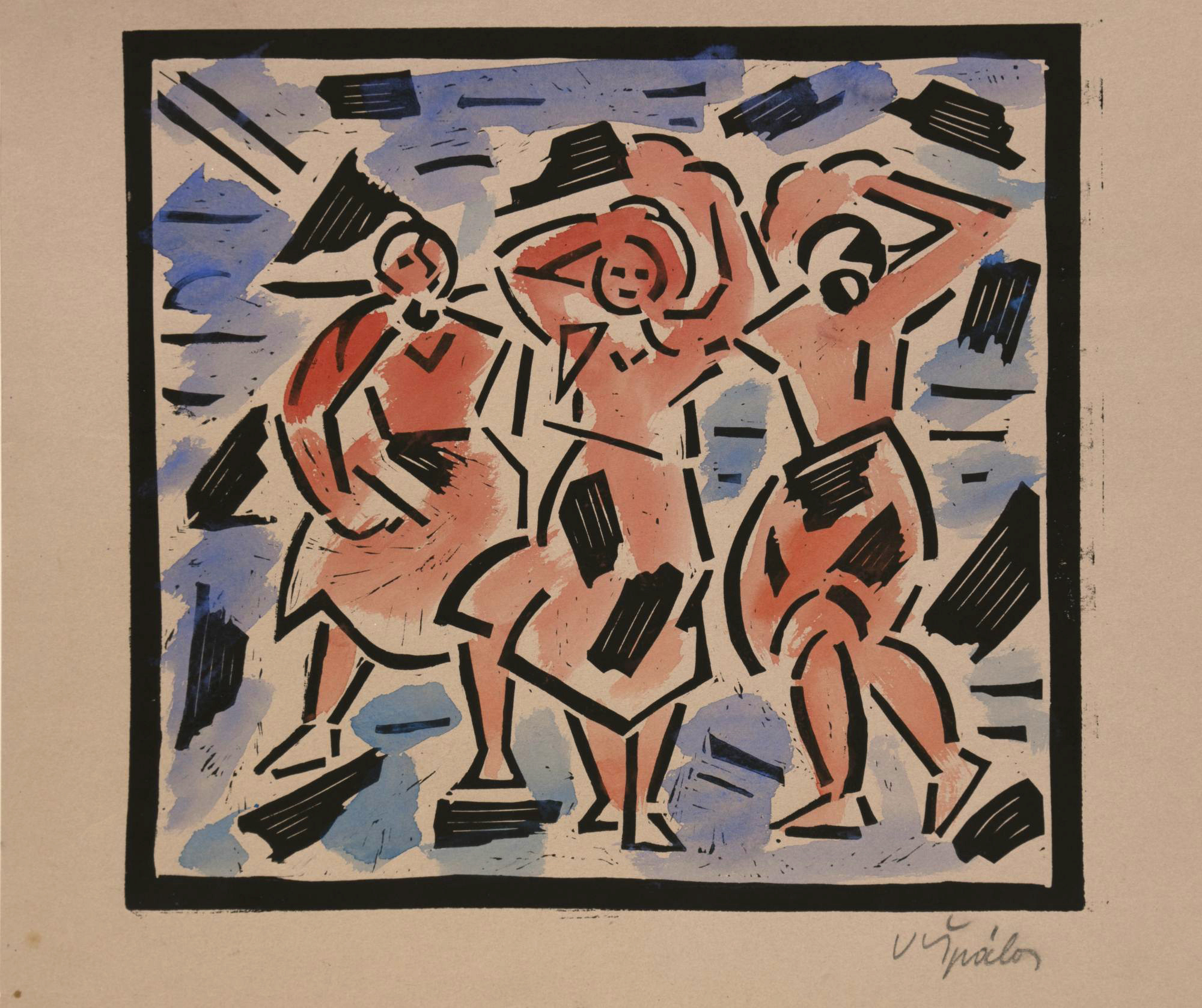

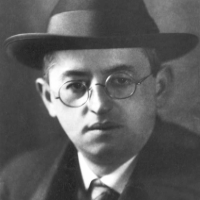

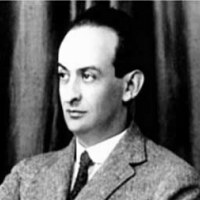


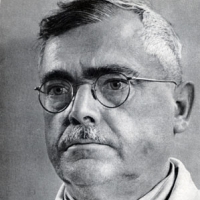
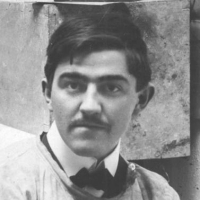
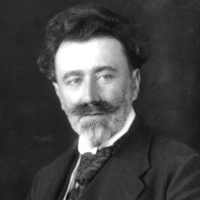
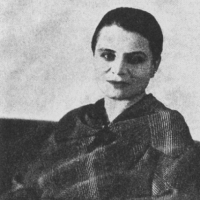

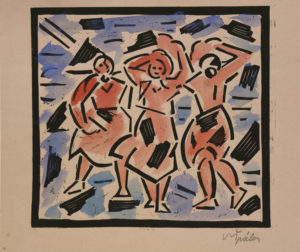
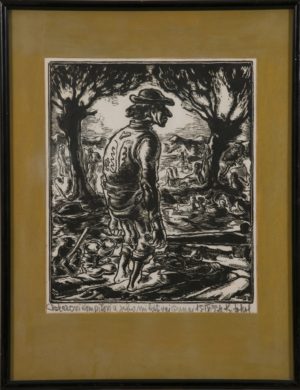


Recenze
Zatím zde nejsou žádné recenze.